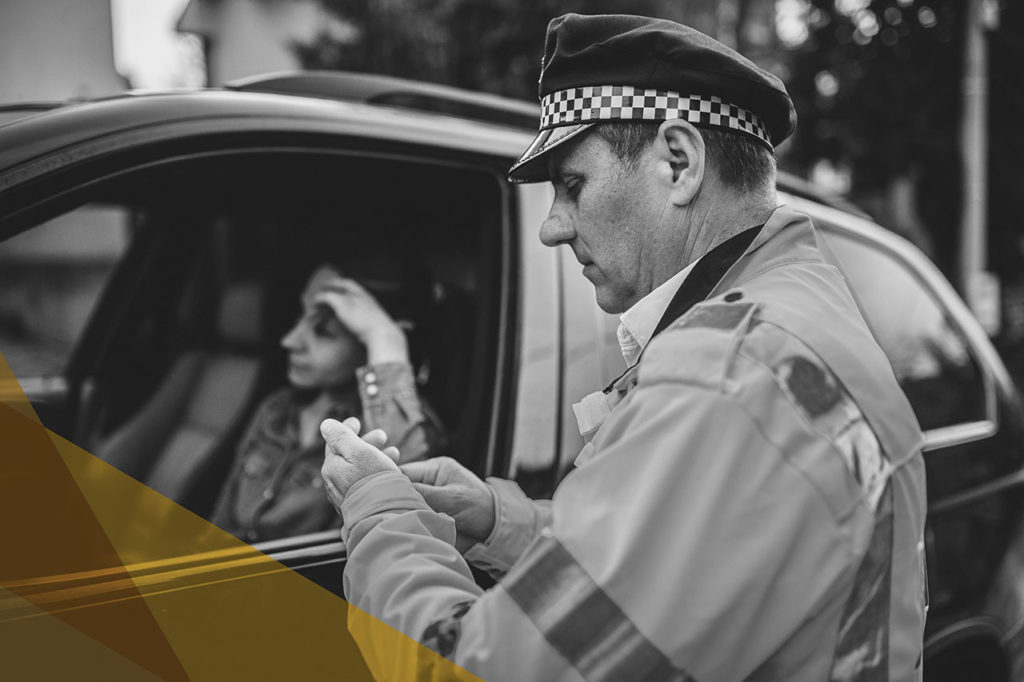Safe Rides
Location
Columbus Ohio
As part of its mission to accelerate the reduction of the harmful use of alcohol globally, the AB InBev Foundation (ABIF) is dedicated to testing and ultimately sharing proven models of collaboration that achieve meaningful public health benefit. To do this, ABIF supports the work of local Steering Committees in six City Pilot locations around the world to select, adapt, and implement culturally-relevant and evidence-based alcohol-related prevention interventions.
The Foundation is dedicated to transparently sharing its successes, challenges, and learnings along the way. To date, several interventions deployed across the City Pilots have yielded valuable insights. One of those initiatives is safe rides.

The Intervention
Safe Rides is an intervention designed to reduce the burden of alcohol-related car crashes and harm in communities. 1 The intervention aims to increase an individual’s intention to find alternative transportation to and from high-risk areas, such as bars, event venues, and others. Through Safe Rides, consumers at high risk of alcohol-impaired driving are offered free round-trip transportation to high-risk areas when consuming alcohol.
What We’ve Learned
In pursuing Safe Rides as a means to help accelerate the reduction of harmful alcohol use, learnings around best practices for safe rides programs have emerged.
Social norms and values play a role. It’s essential to understand the willingness of individuals to use alternative transportation as this could determine whether individuals will opt to drive while intoxicated. Social and cultural barriers around drinking and drunk driving also impact the potential use of safe rides.
Community context matters. Safe Rides programs should determine the optimal availability, reliability, and cost of alternative transportation as this can affect the decision of an individual to drive while intoxicated. Considering laws around drinking and driving is also important as these ultimately have a bearing on individual decisions such as alcohol consumption and drink driving.
Complementary interventions are key. Synergistic, multi-pronged interventions are an important element in reducing the impact of harmful alcohol use. The increased presence and awareness of law enforcement activities have a demonstrable impact in the reduction of incidences of driving while intoxicated.
Consider program-specific components. The design and implementation of Safe Rides programs need to be flexible and pragmatic, factoring in behavior patterns of the local key target population in order to be effective. They also need to engage multiple stakeholders across different sectors to be effective.
Outcomes can vary depending on the goals of the intervention. Outcomes beyond a reduction in driving while intoxicated (DWI) and crashes, such as sexual assault and crime prevention, might be important motivators for introducing a Safe Rides program and should be included in the list of outcomes that a safe rides program could target.
Prior literature shows mixed evidence for the effectiveness of safe rides programs. Current evidence shows mixed results on the effectiveness of Safe Rides. Safe Rides programs may have a positive impact on reducing DWI rates and crashes, but Safe Rides may also have a negative impact by increasing alcohol consumption. 2
What We’re Doing
In partnership with the Columbus Police Department, in 2017, the Columbus City Pilot to Reduce Harmful Drinking launched the Safe Rides campaign that was accompanied by media and enforcement efforts. The campaign had three elements: Lyft coupons, increased enforcement, and an associated media campaign. Law enforcement increased patrols during high-risk times, and up to 2,000 Lyft ride tickets were distributed over 17 weekends. The media campaign reached over 1 million people, and a rider survey indicated that 62% were less likely to drive after drinking.
An external evaluation of the program showed that harm from drinking was reduced by 0.3%, but alcohol consumption rose by an average of 0.8 drinks per ride. The net reduction in the harmful use of alcohol was 0.02% during 2017, with no reduction carrying over to 2018.
To share the learnings from this program and inform ways to improve it in the future, the AB InBev Foundation collaborated with FSG, a leading social impact consulting firm, to produce the Safe Rides Implementation Guidelines.
1. Safe Rides Implementation Guidelines © May 2020
2. Fell J., Scolese J., Achoki T., Burks C., Goldberg A. DeJong W. 2020. The effectiveness of Alternative Transportation Programs in Reducing Impaired Driving: A literature Review and Synthesis. (Manuscript Submitted)
